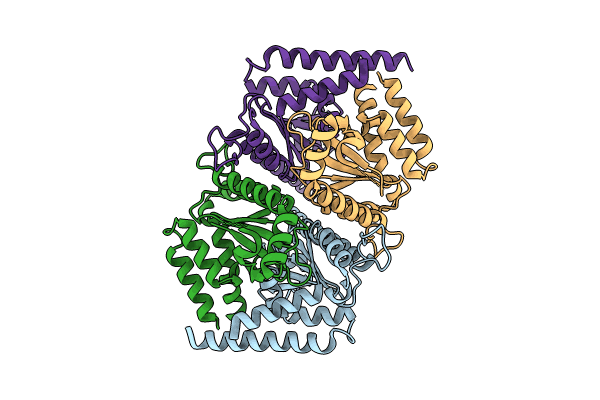
Deposition Date
2023-07-19
Release Date
2024-07-31
Last Version Date
2025-05-28
Entry Detail
PDB ID:
8TIA
Keywords:
Title:
CryoEM structure of locally-refined tetramer of Shedu nuclease domain from Bacillus cereus
Biological Source:
Source Organism:
Bacillus cereus B4264 (Taxon ID: 405532)
Host Organism:
Method Details:
Experimental Method:
Resolution:
2.77 Å
Aggregation State:
PARTICLE
Reconstruction Method:
SINGLE PARTICLE


